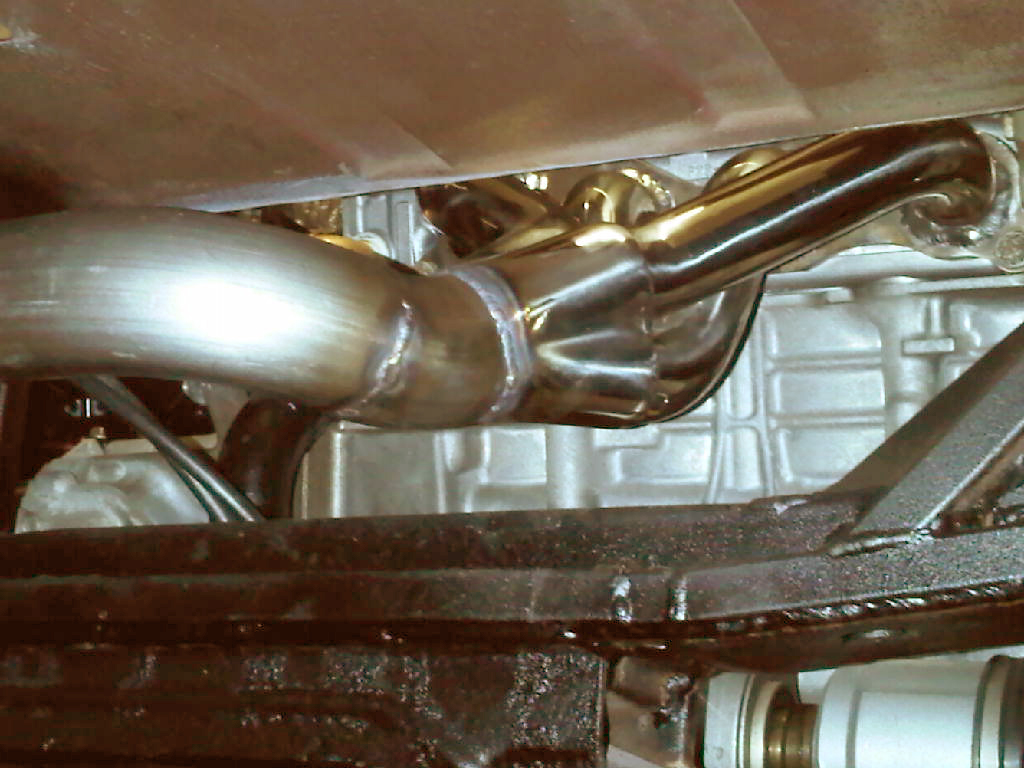I also started on the exhaust. The base header is a cheapie off of eBay. I went with one for the K20A3 engine as the collector output is 2.5". It seems like all of the K20A2 headers have a 3" output but I plan to use 2.5" components for my system.
View attachment 13650
One of the guys from that works at the body shop is going to weld it for me at his own shop. He has a lot of welding experience and can TIG weld stainless. He cut off the flange and the end of the collector to get rid of the connector.
View attachment 13654
The tubes need to be tilted up from the way they come to allow the collector to exit through rear firewall opening into the muffler bay. He cut them at about the right angle, but it still took a while with my trusty hack saw and grinder to get the angle just right so he can weld the flange back on.
View attachment 13653
One thing that I did find when I put the flange on the head was that the openings in the flange were about three millimeters too small at the bottom of the openings. I assumed that this would create a fair amount of turbulence and restrict the airflow out so I spent some time grinding them to enlarge the openings to match the exhaust ports.
View attachment 13652
Once I got the angles on the tubes right, I compressed them in a vice to make them more oval shaped like the exhaust ports to get the best outflow.
View attachment 13655

